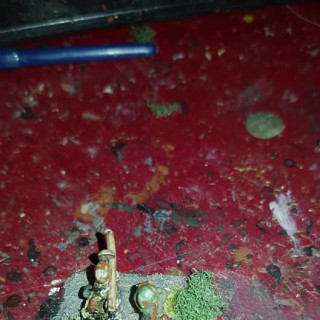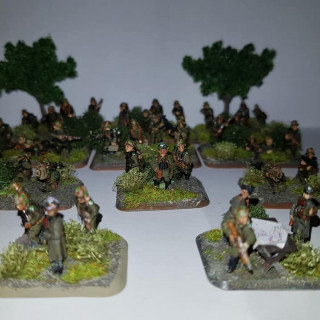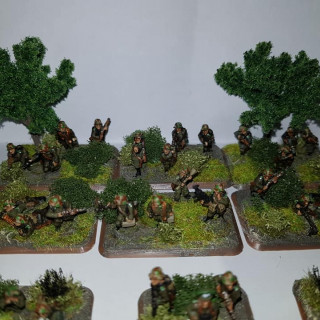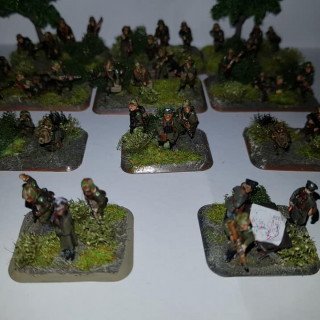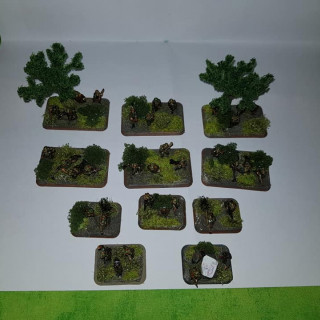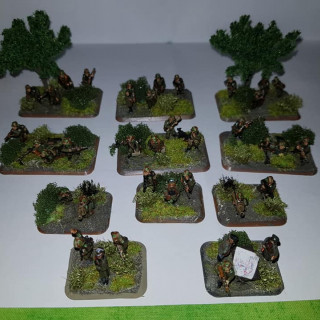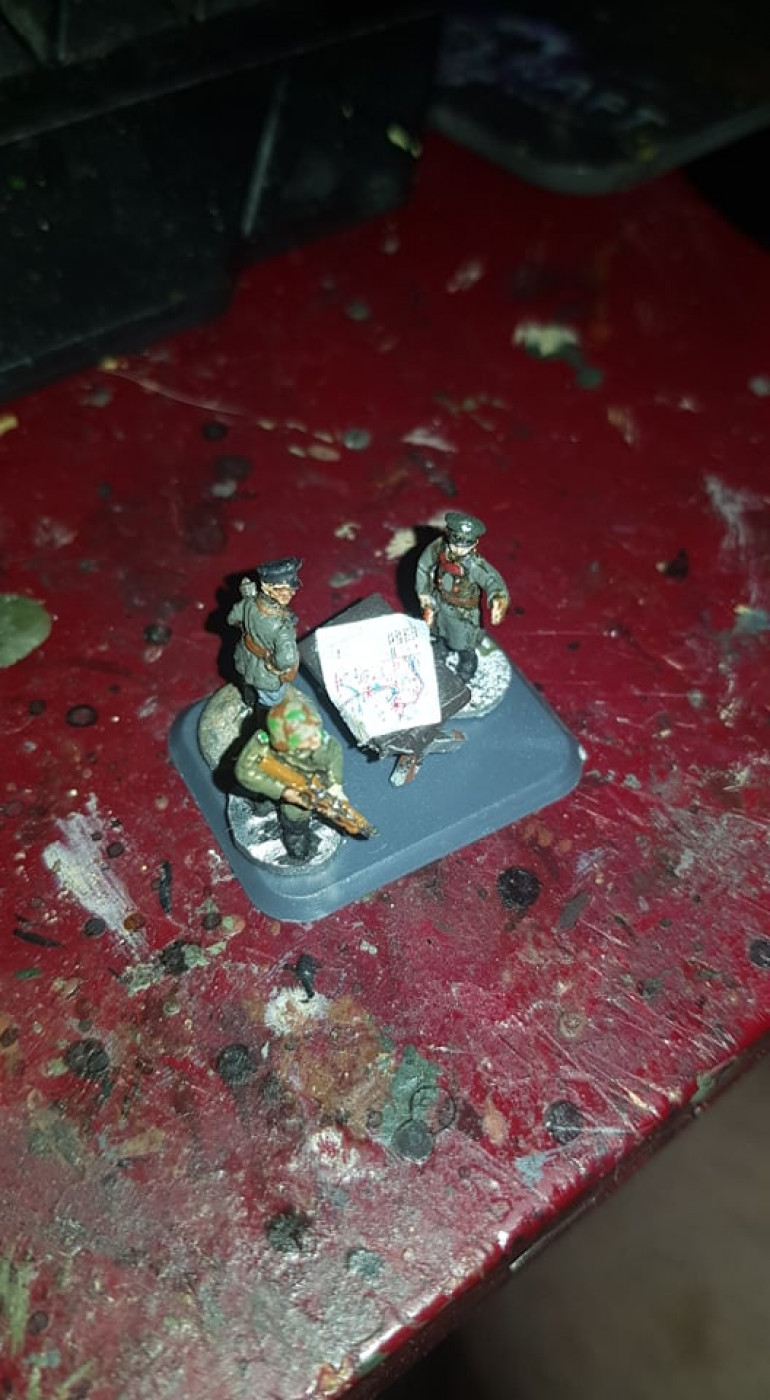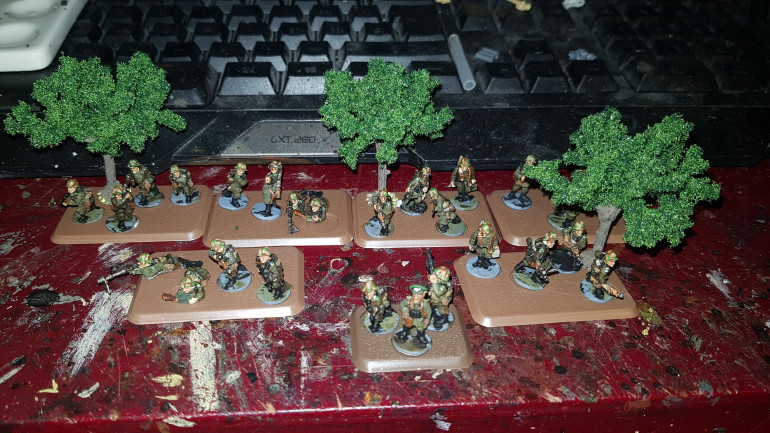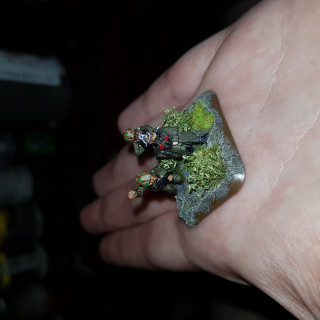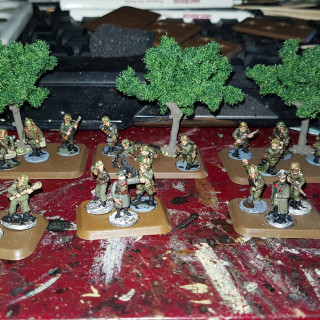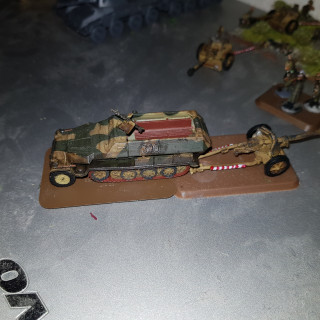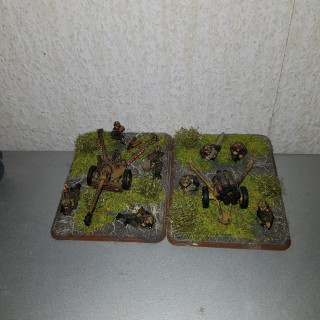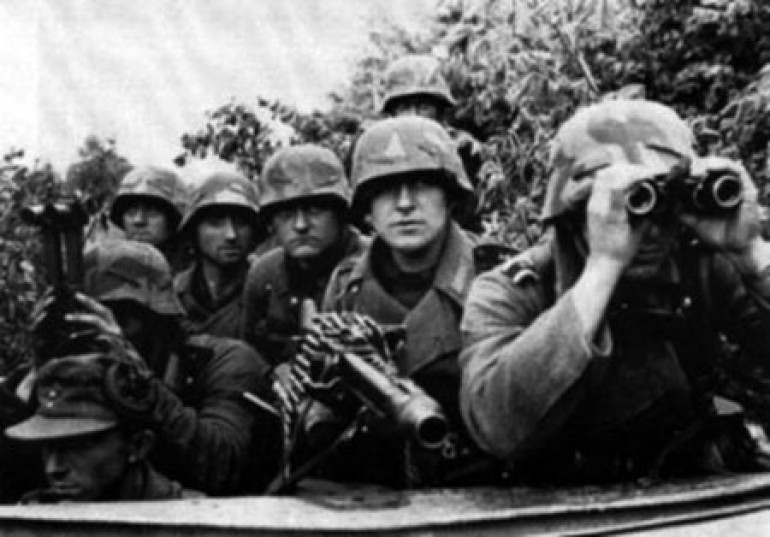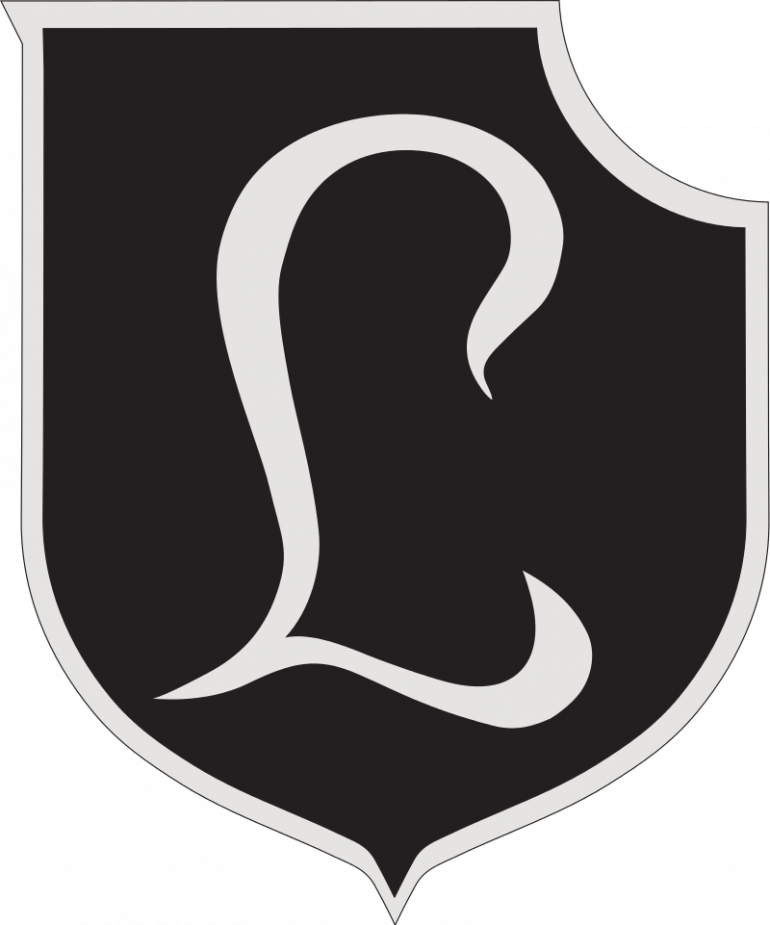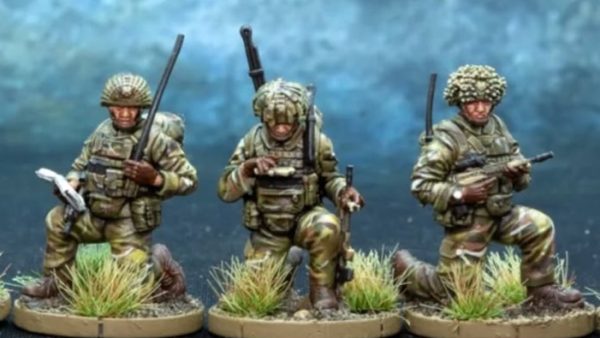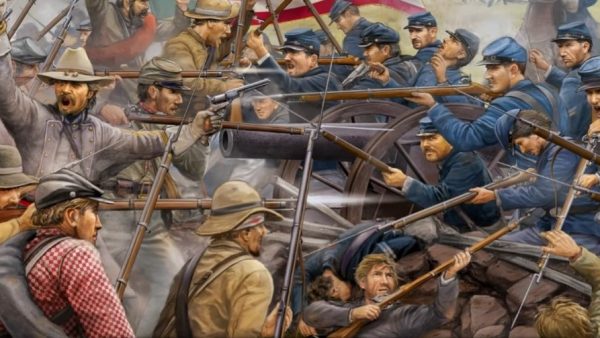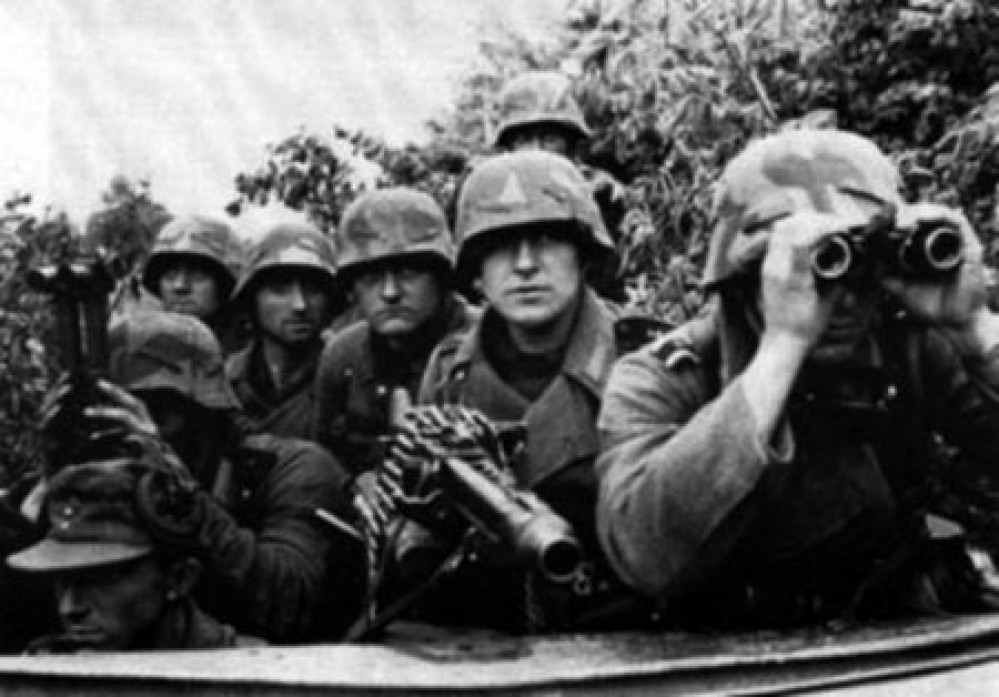
Panzer Lehr Division Flames of war
Recommendations: 47
About the Project
I want to return to tournaments with this FoW army and also back to my first army.
Related Game: Flames of War: The World War II Miniatures Game
Related Company: Battlefront Miniatures
Related Genre: Historical
Related Contest: Flames of War Hobby League 2019
This Project is On Hold
Platoon Ready
My first platoon is ready. Now paint only the base edge and sign troups
First finished base
My Commander Colonel Scholze. He will Take Command of the Panzergrenadier Lehr Regiment 901
Gepanzerte Panzer Grendier Armee
Panzer Lehr began forming in 30 December 1943 and moved to the Nancy–Verdun area in January 1944 to complete the process. It was formed from several elite training and demonstration units. Most of the division’s original cadre was drawn from Panzertruppenschule I and Panzertruppenschule II, the Panzerwaffe’s major training units. These training and demonstration units were some of the most experienced and highly trained troops in the Panzerwaffe, with almost all having seen combat in the East, North Africa, Sicily or Italy and many having received decorations for bravery. As a result of this, Panzer Lehr was considered an elite unit from the time of its formation.
In early 1944, Panzer Lehr was transferred to Hungary for further training as well to serve in Operation Margarethe, the occupation of the country by German forces. The division absorbed the 901st Panzergrenadier-Lehr-Regiment while there. It then returned to France to await the Allied invasion as a part of the OKW’s armored reserve, along with the I SS Panzer Corps and the 17th SS Panzergrenadier Division Gotz von Berlichingen. These units could be released only with Adolf Hitler’s personal authorization.
Panzer Lehr’s panzer regiment had a battalion each of Panther and Panzer IV available. Moreover, all the battalions in both panzergrenadier regiments were transported by tracked, armored vehicles, such as the Sd.Kfz. 251 halftrack. This is in contrast to ordinary Wehrmacht panzer divisions, where only the first battalion in the first panzergrenadier regiment was equipped with halftracks, with the remaining battalions equipped with trucks. The division’s engineer and reconnaissance formations were also equipped with armored vehicles. The armored reconnaissance battalion having a company of the new Sd.Kfz 234/2 Pumaarmored cars. The division’s panzer regiment also had the 316. Funklenk-Panzerkompanie (abbreviated 1./s.Pz. Kp. ‘Funklenk’ 316) (“316th Remote Control Panzer company”) attached while in Normandy; this company was originally equipped with ten Tiger Itanks, and was allocated the first five of the new Tiger II tanks that are not used in Normandy since it broke down en route and been replaced by 9 Sturmgeschütz self-propelled guns, which fought at Tilly and St. Lo until destroyed, at which point the 316th Company was disbanded.The division’s Panzer regiment had a total complement of 208 operating tanks and assault guns (10 Panzer III, 9 StuG III, 97 Panzer IV, 86 Panthers and 6 Tigers) as of 6 June 1944 plus nine tanks and assault guns under repair (1 Panzer III, 1 StuG III, 2 Panzer IV, 3 Panthers and 2 Tigers). It also had 31 Jagdpanzer IV in its Panzerjäger battalion. Another unique feature of this formation was that its panzergrenadiers were, for a large part, dressed in the double-breasted Sturmgeschütz jacket, instead of the standard field blouse worn by other German Army (Heer) units.




































![Very Cool! Make Your Own Star Wars: Legion Imperial Agent & Officer | Review [7 Days Early Access]](https://images.beastsofwar.com/2025/12/Star-Wars-Imperial-Agent-_-Officer-coverimage-V3-225-127.jpg)




